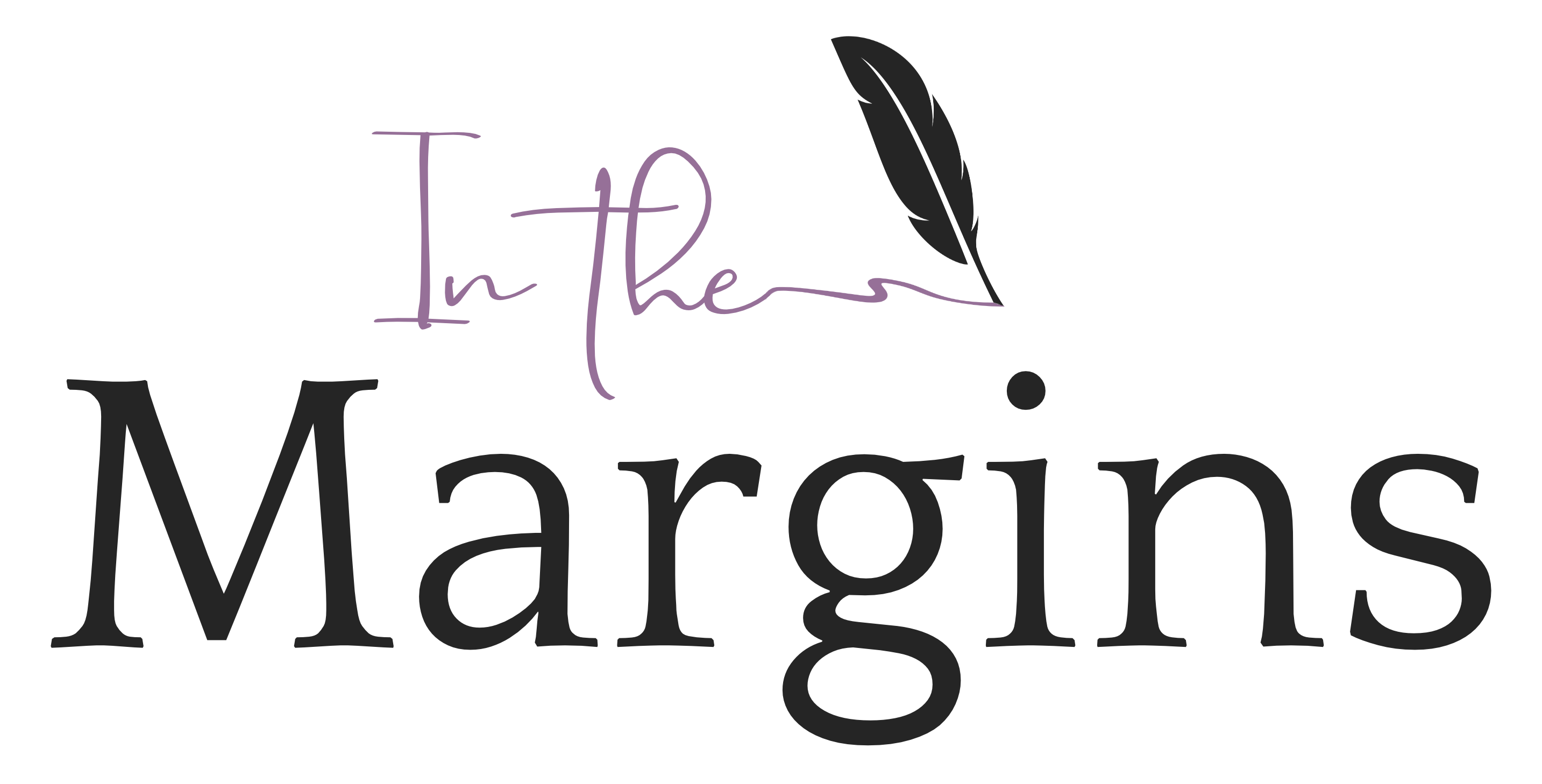Round characters are complex, with depth and motivation that helps them to evolve throughout the story.
Flat characters are, well, flat. We likely don’t know why and how they are who they are or what they like. They’re easy to sum up in a word or two.
Your story should be made up of mostly round, dynamic characters—those with motivations, conflict, etc. who will come out of your book changed in some way.
But flat characters can be useful in a narrative, too, if you incorporate them with intention and mindfulness.
Perhaps you have someone whose comedy is the bright light in a dark narrative, or they’re the foil to reinforce or draw attention to the qualities of a main character. Maybe they’re there to deliver background information instead of pages and pages of straight exposition.
As long as you are clear and intent on their purpose, and as long as that purpose is served in the end, then that flat character is working for your story.
If, however, a flat character is not doing anything for your story or your MCs, you need to revise or cut them altogether.
At that revision stage, if you have someone who should be important to the story coming through as a flat character or as a plot device, look for ways to round them out. If you need help, look for character questionnaires, profiles, or worksheets to get you started.

